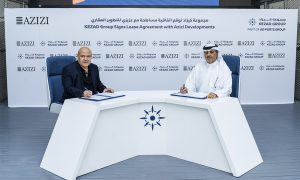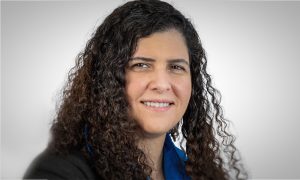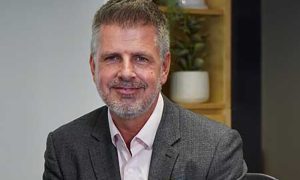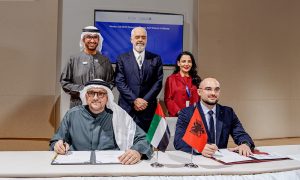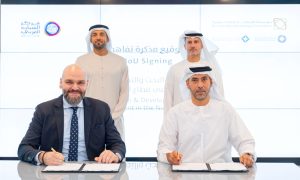Siemens Energy awarded joint contract for building of grid stabilisation stations in Sudan
Egyptian Electricity Transmission Company and the Sudanese Electricity Transmission Company award contract for first grid stabilisation of scale to be implemented in Sudan

Siemens Energy has announced that it has awarded a joint contract by Egyptian Electricity Transmission Company and the Sudanese Electricity Transmission Company for building grid stabilisation stations in Sudan to ensure a reliable flow of power from Egypt to Sudan.
The contract will be the first grid stabilisation of scale to be implemented in Sudan, a statement from Siemens Energy said, adding that its Static Synchronous Compensator (Statcom) technology will be utilised on the project.
STATCOM regulates the transmission variations automatically according to the grid conditions. The solution will strengthen and stabilize the power grid by providing reactive power compensation and dynamic voltage support, the statement explained.
“This project will support growth, jobs and economic transformation,” said Mahmoud Hanafy, Vice President, Siemens Energy Transmission Solutions in the Middle East.
“We are proud to contribute to this strategic project which is critical to accelerate energy transition and foster power trade in both countries. The project is also aligned with Siemens Energy’s commitment to accelerate energy access and security in a sustainable and economically sensible way.”
One of the two stations will be built in the capital of the state of Northern Sudan, Dongola. The second station will be built in the town of Merowe, about 330 kilometres north of Sudan’s capital Khartoum, where the Merowe High Dam is located. The Merowe High Dam is one of the largest hydropower projects in Africa.
“This project will help Egypt export reliable power to its neighbour, bringing it closer towards its goal of becoming a regional power hub. We are proud to be part of this endeavour and to help Egypt achieve its goals in the region,” added Emad Ghaly, Siemens Energy Egypt’s Managing Director.
Work will commence by March 2021 and the project is expected to be complete within two years.
Cross-border interconnection projects are set to shape the future of the power industry and transmission infrastructure. For example, HVDC and HVAC technologies contribute to secure and stable transmission of power across national grids that operate on different voltage and frequencies. Thus, they enable power exchange between countries in order to boost electricity, economic growth, promote sustainable power generation and reduce CO2 emissions.
In 2019, Siemens Energy completed the energisation of the Toshka substation, which plays a strategic role in Egypt-Sudan Electric Interconnection project.
Egypt has invested in maximising the country’s power capacity. Siemens Energy’s mega power plants enabled Egypt to boost its generation capacity by 40 percent in less than three years. Now the country is looking to export the surplus energy and become a regional energy hub




